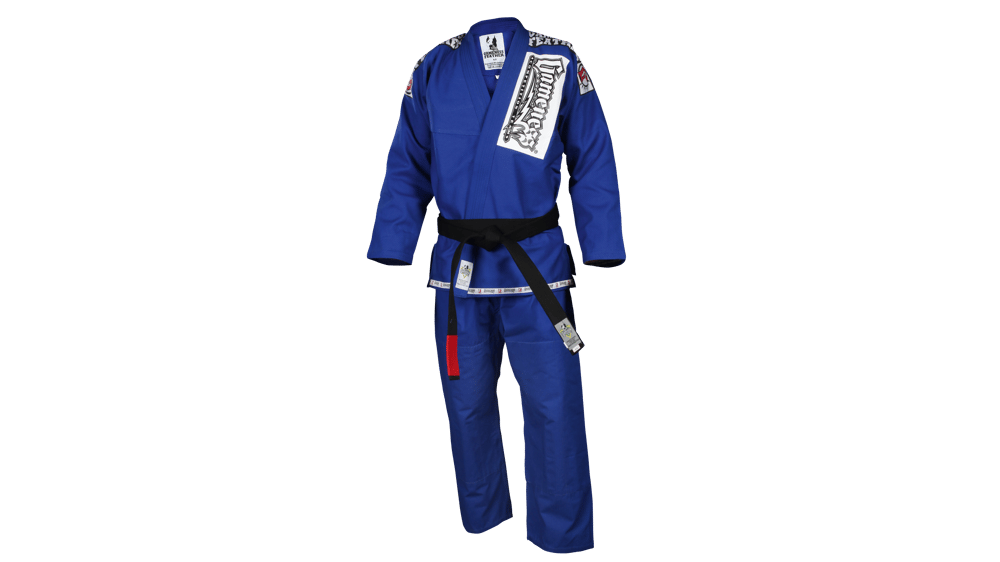
Issue 081
November 2011
FO grapples with the martial art that revolutionized the fight world...
1. Brutal beginnings
Brothers Carlos and Helio Gracie made Brazilian jiu-jitsu famous by holding open challenges at their academy in Rio, Brazil, to anyone who thought that their skills could overcome ‘Gracie jiu-jitsu’.
2. Stay streetwise
As effective as BJJ has proven to be in competition, there is a big difference between a sanctioned one-on-one contest and a street fight. If you’re outnumbered then you’re better off having quick hands rather than a solid ground game. Good luck pulling someone into your guard while their friends kick you in the head.
3. Know your roll
There are different styles of jiu-jitsu and it’s important to know the difference to ensure that you learn the most effective techniques. Brazilian jiu-jitsu focuses entirely on submission grappling, whereas Japanese jiu-jitsu involves a range of striking moves, and the grappling aspect is less technical.
4. To gi, or not to gi?
The gi is the uniform worn by practitioners of BJJ as well as some other martial arts, including judo and karate. There are gi and no-gi forms of BJJ, both of which have their advantages. No-gi BJJ is more suited to MMA training; you’re opponent won’t be all dressed up in the cage.

5. It's not all black and white
BJJ has levels but isn’t divided into amateurs and pros. Your instructor is obviously the one you should pay the most attention to, but there are widely varying levels of skill among students. That’s something that you should try and remember if it’s your first day on the mat...
6. Master yoga
It’s important to develop and maintain good flexibility if you want to progress in BJJ. Practicing yoga is an ideal way to develop your ability to bend and twist yourself into all kinds of awkward positions. Just try not to get the two art forms mixed up. It’s very difficult to achieve inner peace when someone is trying to pull your arm off.
7. Multiple partners
BJJ has a vast number of different maneuvers and positions, and everyone has their own styles and preferences. For example, some people might prefer to use choke holds rather than arm or leg locks. It’s important to train with a number of individuals with various skill levels so that you can improve your game in all areas.

8. Mix it up
Don’t be afraid to try new things. If you’re a beast on top but your bottom game sucks then don’t be too proud to pull guard once in a while and work on getting better at fighting off of your back. Likewise, instead of sticking to a submission that you’re good at, why not try something else? Don’t let yourself get too comfortable.
9. Staph not wanted
All that rolling around on mats means that, wherever you train, the floor will gather a lot of bacteria. It’s not uncommon to receive small cuts and scratches during practice, and these can become infected, leading to infections, including staph. Wash thoroughly after every training session, keep the mats clean and consult a doctor immediately if you notice any signs of irritation.
10. Good things come to those who train
The average length of time it takes to go from a white belt to a black belt is between seven and 11 years, so BJJ definitely isn’t for those of you with a short attention span. Even just making it from white to blue takes most people over a year! But hey, Royce Gracie didn’t get to be as dominant as he was by breaking a few boards with his head.
Pro tip
BJJ gyms can often be expensive, so if professional training is out of your price range then there are a wealth of tutorial videos available online that you can check out for free. You won’t find much footage of the more advanced techniques, but sites like YouTube are great for learning some of the basics.
...









